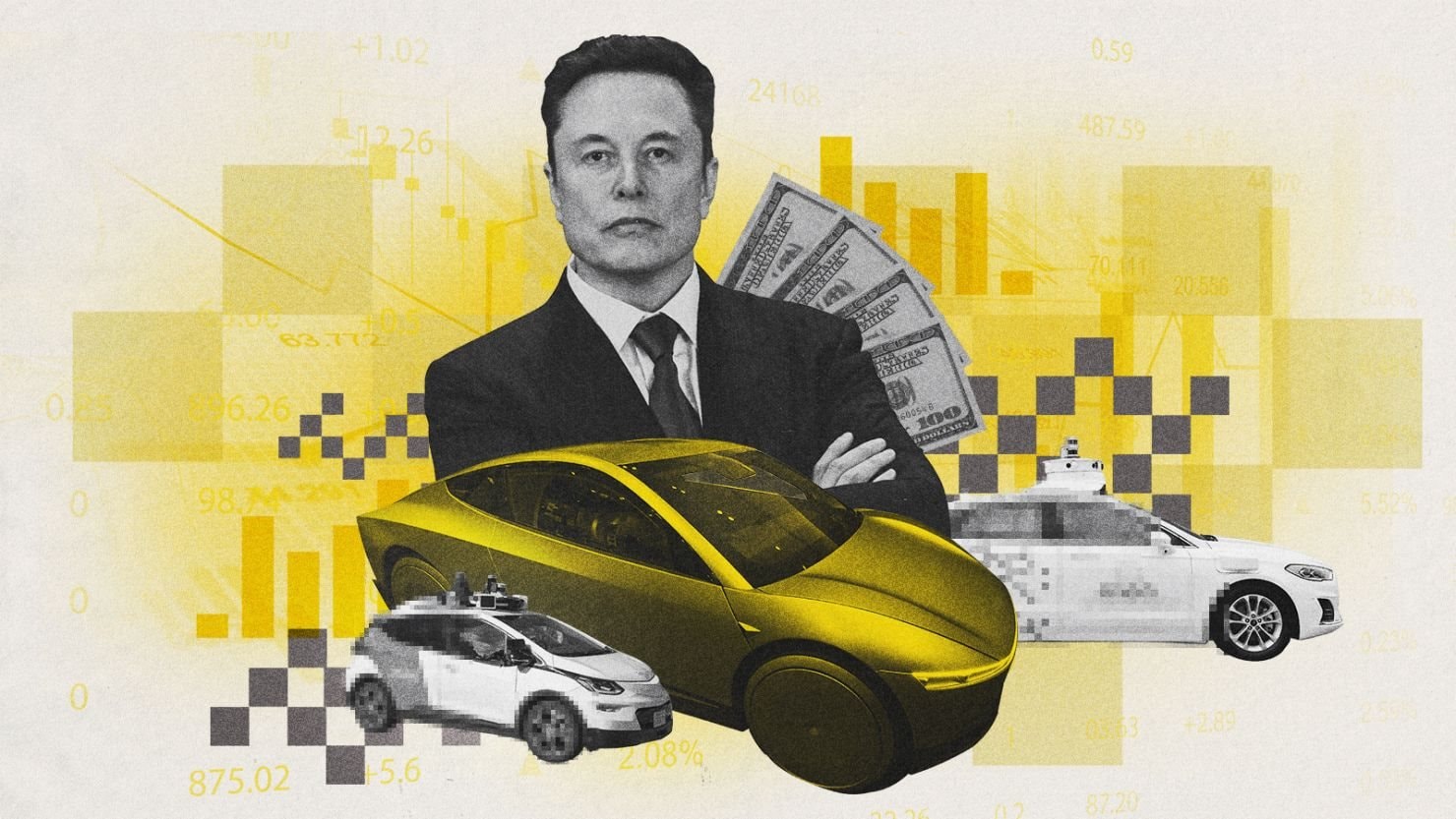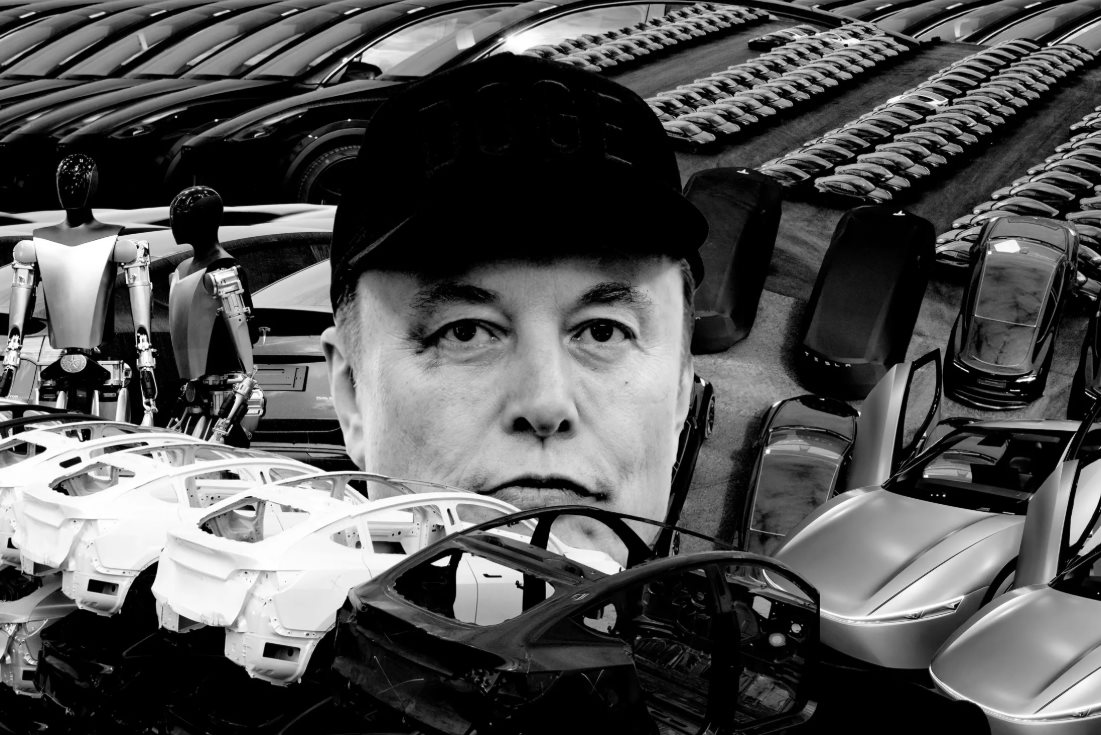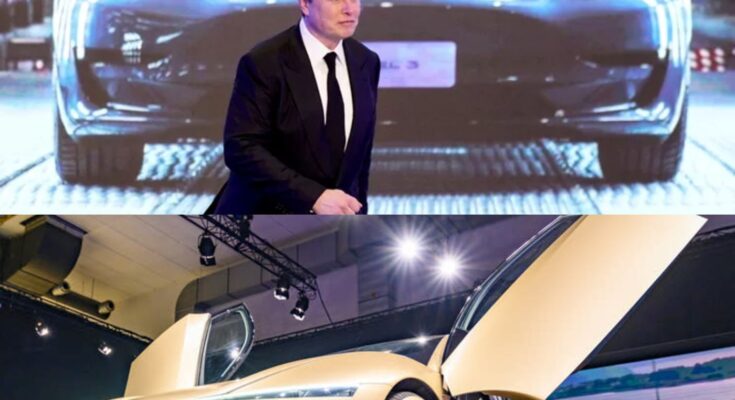Elon Musk’s Robotaxi Officially Rolls Out at Just $4.20 a Ride: A Small Step, A Giant Ambition for Tesla

Elon Musk’s long-promised vision for a fully autonomous robotaxi is finally taking form. On Sunday, Tesla quietly began testing its much-anticipated self-driving taxi service in Austin, Texas, marking a pivotal moment in the company’s pursuit of reshaping urban mobility.
$4.20 Per Ride: Symbolic and Strategic

Each ride during this trial phase is priced at $4.20 — approximately 110,000 VND — a figure that has already sparked interest for both its affordability and its cultural symbolism (a nod to Musk’s meme-savvy persona). While the amount is more symbolic than final, it clearly signals Tesla’s ambition to undercut traditional ride-hailing services like Uber and Lyft.
The First Building Block
Contrary to previous claims of launching a fleet of a million robotaxis, this trial phase includes only 10 to 12 modified Tesla Model Y vehicles, operating within a restricted zone in Austin. Each vehicle still includes a Tesla employee in the passenger seat to monitor the system and intervene if necessary.
In more complex scenarios, the cars can call back to a remote Tesla control center, where technicians can take over the vehicle remotely.
Musk celebrated the launch on Twitter/X, announcing:
IThough modest in scope, the trial is an important signal: Tesla’s robotaxi project is finally on the road, not just in presentations and tweets.
Years of Delays and Lofty Promises
The robotaxi story has been years in the making — and delaying. Since 2019, Musk has repeatedly promised that robotaxis would launch “next year,” only to push the timeline back. In 2024, he claimed Tesla would have 1 million robotaxis on the road by the end of the year, but that too failed to materialize.
In October 2024, Tesla unveiled a concept for the Cybercab — a two-seater autonomous vehicle with no steering wheel and no pedals. However, production is still pending.
Meanwhile, competitors like Waymo are far ahead. Waymo has already completed over 10 million paid rides and expanded service to cities like Los Angeles, San Diego, and Austin, using a robust mix of LiDAR, radar, and camera technology.
Legal and Public Challenges Ahead
Tesla’s launch comes at a time of significant pressure on the company. It faces declining sales due to politically driven boycotts, stiff competition in the EV space, and ongoing legal scrutiny over its “Full Self-Driving” (FSD) feature, which critics say is misleading and not truly autonomous. Adding to the complications, Texas will require all autonomous vehicle services to be licensed and compliant with Level 4 autonomy standards starting September 1, 2025. Meanwhile, the National Highway Traffic Safety Administration (NHTSA) continues to investigate accidents linked to Tesla’s FSD. The U.S. Department of Justice (DOJ) is also reportedly looking into whether the term “Full Self-Driving” constitutes false advertising — though details remain unclear.
These issues have fueled public skepticism, especially as Musk continues to make bold claims without delivering on past promises.
A Big Question Mark
Despite the challenges, Musk remains undeterred. He claims the robotaxi service will expand quickly to more cities, aiming for hundreds of thousands, if not millions, of self-driving Teslas by next year.
His long-term vision? Turning every Tesla into a money-making robotaxi, much like Airbnb for cars — allowing owners to rent out their vehicles when not in use. This is part of his bet on a camera-only system rather than LiDAR-based alternatives.
But experts remain cautious.
“The current test fleet is too small to draw real conclusions,” said Garrett Nelson, an analyst at CFRA.
“The big question is: How fast can he scale it up?”
Seth Goldstein of Morningstar echoed the concern:
“He’s selling the dream — as always. But going from a dozen cars to thousands requires serious infrastructure, reliable software, and a trained human support system.”
Goldstein estimated that Austin residents likely won’t be able to routinely hail a Tesla robotaxi via app until 2028.
A Pivotal Yet Humble Beginning

Tesla’s official rollout of robotaxi trials — with real paying customers — marks a critical turning point. For the first time, the project is not just speculative but operational.
However, the road to realizing a future with millions of fully autonomous, safe, and scalable robotaxis remains long and uncertain. It will require not just technological breakthroughs, but also public trust and regulatory approval.
Whether Elon Musk can once again disrupt an industry remains to be seen. But with this launch, a new chapter in Tesla’s robotaxi journey has officially begun.




